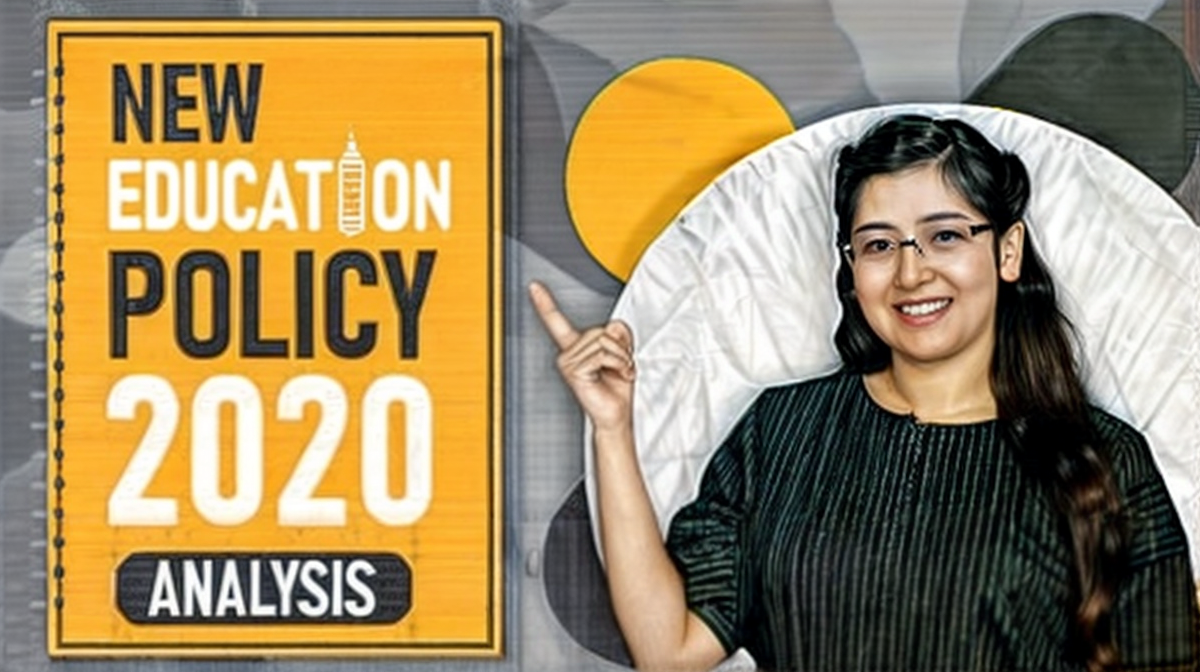
The National Education Policy (NEP) 2020 has significantly impacted undergraduate (UG) courses by introducing a holistic and flexible approach to education. With its emphasis on multidisciplinary learning, students now have the opportunity to explore diverse subjects beyond their major, fostering a well-rounded education. The policy encourages the integration of vocational skills and practical knowledge into UG curricula, preparing students for real-world challenges and enhancing their employability. Furthermore, NEP 2020 promotes innovation and research-oriented learning, fostering a culture of critical thinking and creativity among undergraduates. By prioritizing flexibility and choice, the policy empowers students to tailor their educational journey according to their interests and career aspirations, ultimately contributing to a more dynamic and inclusive undergraduate education system.
The National Education Policy (NEP) 2020 is a landmark document introduced by the Government of India, aimed at overhauling the country's education system to meet the demands of the 21st century.
The Policy (NEP) 2020 has significant implications for higher education in Madhya Pradesh (MP), as it does for the entire country. Here's how NEP 2020 can impact higher education in Madhya Pradesh. Here's a closer look at some key aspects of NEP 2020:
NEP 2020 encourages a multidisciplinary approach to higher education, allowing students in Madhya Pradesh to pursue a wider range of subjects across various disciplines. This can lead to the establishment of new interdisciplinary programs and colleges within the state.
The policy emphasizes flexibility in curriculum design and course offerings, enabling students in Madhya Pradesh to choose from a wide range of subjects and customize their educational pathways according to their interests and career goals.
The policy encourages the integration of vocational education into mainstream higher education, providing students in Madhya Pradesh with practical skills and industry-relevant training. This can align higher education offerings with the needs of the state's economy and workforce.
The policy promotes flexible curricula and credit transfer mechanisms, enabling students in Madhya Pradesh to customize their learning pathways and transfer credits between institutions. This can facilitate smoother transitions for students and promote greater mobility within the higher education system.
India's National Education Policy (NEP) 2020 establishes a flexible undergraduate (UG) curriculum that lets students customize their academic path to fit their goals and learning style. This system provides many credentials: a one-year certificate, a two-year diploma, and a three-year bachelor's degree. In their third year, students who achieve a Cumulative Grade Point Average (CGPA) of 7.5 or more are eligible to pursue an honors degree in their discipline.
The policy aims to establish research and innovation hubs in various regions, including Madhya Pradesh, to promote cutting-edge research and collaboration among universities, industries, and other stakeholders. This can stimulate innovation and economic growth within the state.
The policy prioritizes the training and professional development of teachers, which can enhance the quality of higher education in Madhya Pradesh. Institutes of higher learning within the state can establish robust faculty development programs to equip educators with the necessary skills and knowledge to deliver effective instruction.
NEP 2020 advocates for the integration of technology in higher education, promoting online learning, digital resources, and e-governance initiatives. This can improve access to education, especially in remote areas of Madhya Pradesh, and enhance the overall learning experience for students.
Overall, the implementation of NEP 2020 in Madhya Pradesh has the potential to revitalize higher education in the state, making it more inclusive, innovative, and responsive to the evolving needs of students and society. However, successful implementation will require collaborative efforts from the state government, educational institutions, and other stakeholders.